The lecture will introduce the International Institute of Applied Systems Analysis (IIASA) and its work in the development of large-scale models, focusing on the construction and principles of the large-scale energy comprehensive planning model MESSAGE model, and take the cooperation research results of IIASA and China University of Mining and Technology in recent years as an example , specifically introducing the application of the MESSAGE model. 。
On the morning of October 19, 2016, "China Energy Modeling Forum (CEMF) 1st Theme Salon and CIDEG 137th Academic Salon" was held in Room 302, School of Public Administration, Tsinghua University, a senior researcher from International Applied Systems Research (IIASA) , Mr. Manfred Strubegger gave a speech entitled "Construction and Application of the MESSAGE Model", introducing in detail the work carried out by IIASA and the large-scale energy comprehensive planning model MESSAGE (Model of Energy Supply Systems and their General Environmental Impact ) construction and principle. The theme salon was chaired by Huang Haili, director of the CEMF project, and invited Professor Xu Xiangyang from China University of Mining and Technology and Associate Professor Zhou Sheng from the Institute of Energy, Environment and Economics of Tsinghua University as guest commentators.
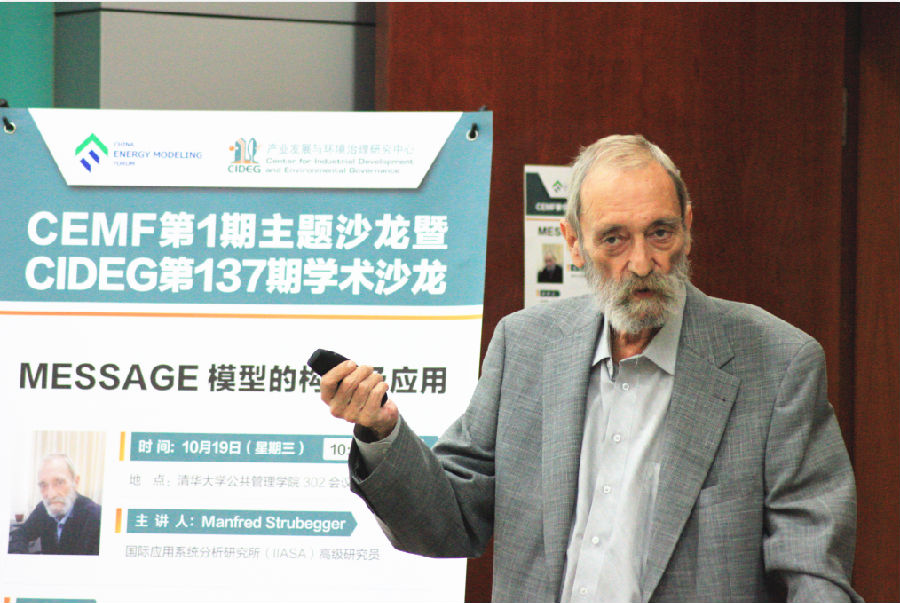
Professor Strubegger introduced the MESSAGE model on the spot
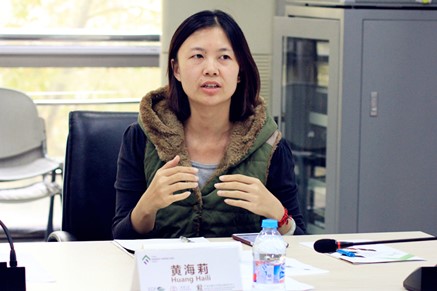
Huang Haili, director of CEMF project, presided over the academic salon
At the beginning of the lecture, Mr. Strubegger expounded the challenges faced by human beings around the world from the perspectives of population expansion, climate change and energy crisis, thus confirming the importance of global transformation. Strubegger pointed out that as an advocate of applied systems research, since its establishment in Austria in 1972, IIASA's research work has focused on three core areas: food and water, poverty and equity, energy and climate change, through systematic analysis and interdisciplinary research. Research, making continuous efforts for the optimization and realization of global transformation. So far, IIASA has developed into an important research institution with 22 member organizations, and has carried out many far-reaching interdisciplinary research.
Mr. Strubegger introduced that "energy and climate change" has been the core research field of IIASA since the energy project was launched in 1976. Among them, the reduction of greenhouse gas (GHG) emissions and the realization of sustainable development are important directions for its development. At the same time, it is accompanied by energy poverty, energy security, food safety and biodiversity, climate change, water scarcity and air pollution. Numerous challenges. In this regard, Strubegger believes that it is necessary to integrate and link models of different fields and research topics, build comprehensive evaluation tools, promote the close integration of energy research and other research, and explore feasible global solutions.
Subsequently, Strubegger introduced the MESSAGE model. The MESSAGE model is an important research model developed by Mr. Strubegger. , EPIC, MACRO and other models, comprehensively considering multiple policy objectives such as social economy, global warming, energy import and diversification, greenhouse gas emissions and air pollution. The model is mainly based on the linear model and the mixed integer programming model to calculate the optimal output of cost minimization, and has been successfully applied to the analysis of the global energy system.
In order to illustrate the application of the MESSAGE model, Strumbegger conducted a systematic analysis and research on the efforts of various countries to achieve the INDC goals set by the Paris Agreement based on the data of UNEP and other institutions and researchers. First, Strubegger reviewed the historical data and trends of energy transition, and set the scenario of energy type transition by 2100 (from coal, oil, and natural gas to nuclear energy and renewable energy), assuming the greenhouse Three different scenarios of gas emissions, and the change curve of carbon emissions under different warming projection scenarios. At the same time, taking the CPA (Central Controlled Area of Asia and China) region including China, Mongolia and some Southeast Asian countries as an example, it analyzes the energy investment in this region in 2050 under different circumstances of maintaining the existing economic growth model and changing the economic growth model Condition. Under such a series of scenarios, Strubegger pointed out that the INDC mechanism provides an effective way to achieve global emission reduction goals, and has made outstanding contributions in promoting international cooperation. The review mechanism every five years also ensures the realization of INDC goals. transparency and measurability. But on the other hand, the conclusions of the MESSAGE model also show that NDC has multiple paths to achieve, the emission reduction goals are closely related to economic development, and some emission reduction goals have changed, etc. Goals, the current measures proposed in the Paris Agreement are not enough", and then suggested that the parties should regularly introduce their emission reduction results and support for developing countries, and make continuous adjustments to NDC. Strubegger emphasized that the later the emission reduction work is carried out, the harder it will be to achieve the set goals, and the policy costs will also rise accordingly.
Mr. Strubegger finally briefly introduced a cooperative research project based on the MESSAGE model between China University of Mining and Technology and East China University of Science and Technology. In the region, by integrating the coal mining model with multiple models such as transportation and electricity, it explores how to achieve multiple policy goals such as carbon dioxide emission reduction goals and energy type replacement in China more optimally.
At the end of the lecture, Mr. Strubegger briefly introduced the GEA database and the youth student training program carried out by IIASA.
After the lecture, Professor Xu Xiangyang from China University of Mining and Technology and Associate Professor Zhou Sheng from the Institute of Energy Environment and Economics of Tsinghua University made comments. Professor Xu Xiangyang reviewed his research cooperation with IIASA and Mr. Strubegger, and fully affirmed the theoretical contribution and outstanding practical significance of the MESSAGE model. Professor Xu pointed out that compared with other models, this model has outstanding applicability under the trend of China's rapid development of energy consumption and environmental degradation, and is more suitable for comparative research between different regions in China. Attention and use. Associate Professor Zhou Sheng also gave a positive evaluation to the MESSAGE model, pointing out that the model plays an important role in his research on issues such as coal mining, and also introduced the important role of data acquisition in the process of model analysis and the research difficulties that may be faced. In the ensuing discussion, many young scholars participated in the meeting actively. Combining the China analysis of the MESSAGE model, data acquisition, coal prices and other issues, Mr. Strugegger gave well-informed responses and inspiring suggestions one by one. , He also pointed out that IIASA will continue to provide young scholars and students with various types of learning, internship and resident research opportunities. He hopes that scholars who are interested in this will have more exchanges and cooperation to promote the development of the MESSAGE model and the sustainable development of the global environment.
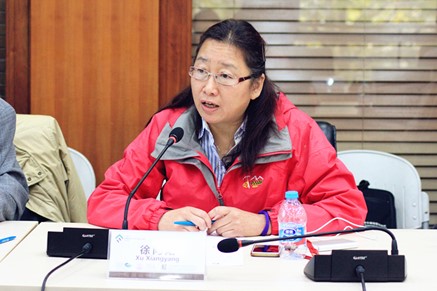
Professor Xu Xiangyang from China University of Mining and Technology commented on the spot
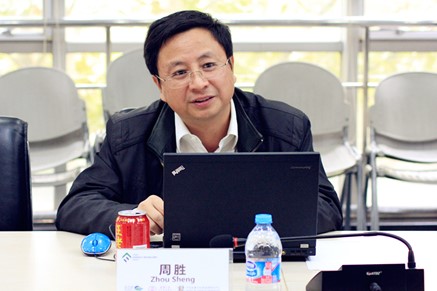
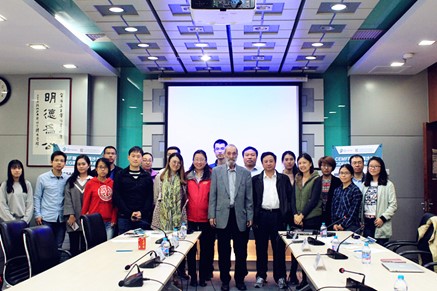
Group photo of Prof. Strugegger and all participants

